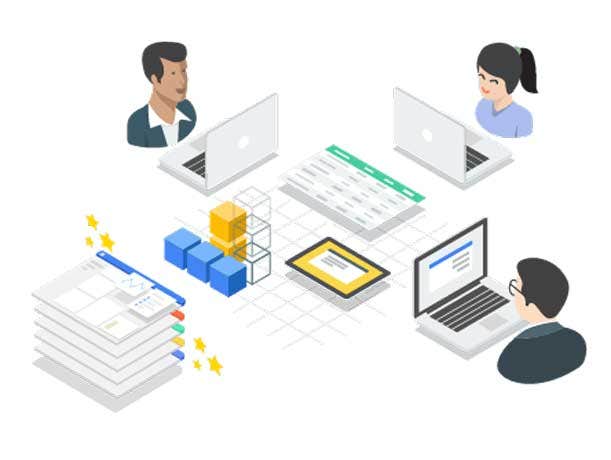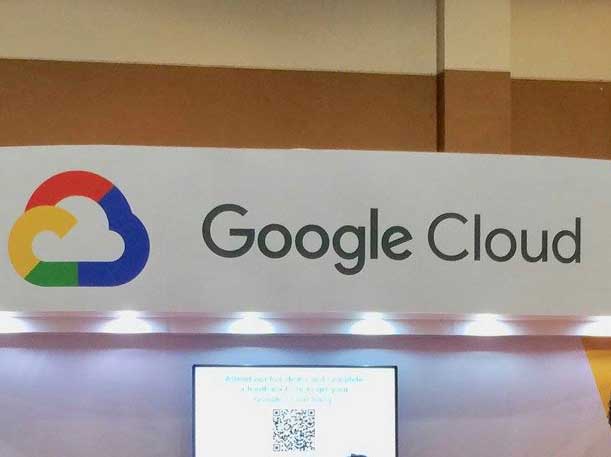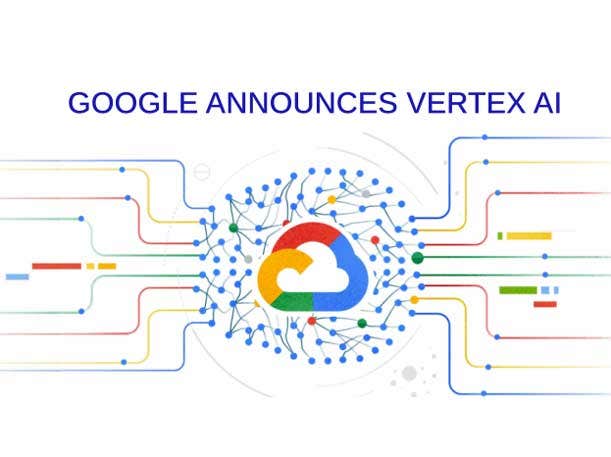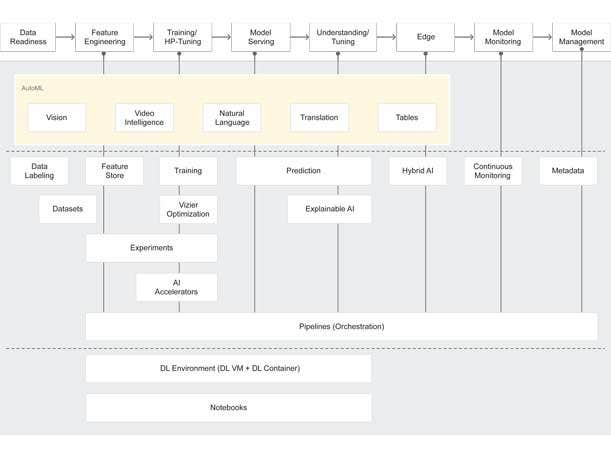Thomas Kurian: 5 Big Remarks On Google’s Generative AI Future
Here are Google Cloud CEO Thomas Kurian’s boldest statements regarding Google’s generative AI strategy and future following the unveiling of new AI offerings this month for Google Workspace and Google Cloud.

Google Cloud CEO Thomas Kurian wants to stand out from the growing crowd of generative artificial intelligence providers by making Google the most “responsible” and innovative company in the world when it comes to generative AI.
“We remain deeply committed to responsible generative AI,” said Kurian during a media briefing as the company unveiled its new generative AI offerings for Google Cloud and Google Workspace.
“This is the first time we’re taking our new generative AI models and making them directly accessible through an API to the developer community, as well as making a number of these new products available,” said Kurian.
Google Cloud Unveils New Generative AI
Last year, Microsoft-backed startup OpenAI launched its AI chatbot ChatGPT that took the AI world by storm due to its capabilities and various use case opportunities. ChatGPT has somewhat opened up a arms race around generative AI due to its ability to quickly create various forms of content, images and much more.
Google, as well as many other technology leaders, have released competing generative AI offerings such as Google Bard.
However, Google in March launched a slew of new generative AI capabilities as well as new offerings for the Google Cloud Platform and Google Workspace.
[Related: 5 New ‘Bold’ Google Cloud, Workspace AI Offers]
On the Google Workspace front, Google introduced a set of AI-powered writing features in Google Docs and Gmail. Other new offerings include Google’s new PaLM API to make it easier and safer to experiment with Google’s large language models, as well as MakerSuite, a new prototyping tool that allows users to iterate on prompts and augment data sets with synthetic data.
“It’s very exciting for all the employees here at Google for the many months of work that’s gone into getting us to where we are today, and most importantly, for the developer and customer community to whom we’ll be giving access to these advances,” said Kurian.
Here are the five boldest remarks from Thomas Kurian on Google’s new generative AI capabilities and future.

Making Generative AI Accessible Through APIs
One huge strategy Kurian said Google Cloud is doing and will continue to do better than the competition is making its AI accessible and open-sourced for the developer community.
“Over the years, we have made our language advances and NLU [natural language understanding] capability, for example, available to the broad developer community either directly in open source or even embedded in our products like Google Workspace or in Google Search,” said Kurian.
However, he said this month’s unveiling of new generative AI capabilities is historic.
“This is the first time we’re taking our new generative AI models and making them directly accessible through an API to the developer community, as well as making a number of these new products available,” said Kurian.
Google’s new PaLM API can be used for a variety of applications and provides access to models that are optimized for multi-turn use cases—such as content generation and chat, and general-purpose models that are optimized for areas such as summarization and classification. With embeddings generated through the PaLM API, developers can build applications with their own data or on top of external data sources. Alongside the new PaLM API, Google unveiled a tool that lets developers start prototyping quickly and easily: MakerSuite.

The Best AI Ecosystem For Partners To Build And Innovate
Kurian said Google Cloud’s motto of having the most open partner ecosystem will always include generative AI. Channel partners can leverage Google’s AI technology to build their own foundation models on.
“If you’re an enterprise working with McKinsey or BCG [Boston Consulting Group] to understand where best to adopt AI, or asking a partner like Deloitte, Accenture, TCS or Quantify to help actually implement AI—we’re working with them on a broad range of solutions,” said Kurian.
Kurian said partners get several benefits from working with Google Cloud on AI innovation.
“They get the world’s best AI infrastructure, the highest performance and lowest cost, best quality for both training and serving, and access to our foundation models and our products through APIs that they can integrate into application workflows,” said Kurian. “We take these products that partners build and bring them through Google Cloud to the tens of thousands of developers who build applications in Google Cloud every day through Vertex AI through our Cloud Marketplace.”
He added that Google also helps partners in a range of areas from go-to-market strategies to providing teams with top-notch resources.
“Our joint end customers get the benefits of choice, simplicity and the best cost performance in using the models they want to use,” Kurian said.

Google Workspace Putting ‘AI To Work For Billions Of People’
Kurian said Google will continue “putting AI to work for billions of people” via Google Workspace.
This month, Google introduced a set of AI-powered writing features in Google Docs and Gmail that developers are now testing out, with general availability for customers in the near future.
By simply typing in a topic on Gmail or Docs that a user would like to write about, Google Workspace will instantly generate a draft. Users can then continue to leverage the new AI to continue to refine and edit with suggestions. The new generative AI capabilities also allow users to set the tone or mood of the writing.
“Over the years, for all those of you who use Google Workspace, Gmail, Google Docs—you’ve seen us introduce amazing new capabilities powered by AI: whether it’s Smart Reply, Smart Compose spelling and grammar suggestions, and many other things,” said Kurian. “We’re pleased to introduce the next phase of evolution of capabilities in Google Workspace powered by generative AI.”
Google’s generative AI will be injected into other Workspace products including Meet, Chat, Slides and Sheets throughout the year.

‘Deeply Committed To Responsible Generative AI’
Google Cloud plans to make responsible AI a market differentiator compared with its AI competitors.
“We remain deeply committed to responsible generative AI,” said Kurian.
“From a control capability point of view, we’ve got Google Vertex AI, for example, to ensure that organizations can place the right level of controls from a responsibility point of view as they build applications with our foundation models,” said Google Cloud’s CEO. “We’re doing a lot of work with product and use case reviews and also educating people on how this next phase of generative AI can be used in a responsible way.
Overall, Kurian’s goal is to be “bold and responsible” in its approach and partner with others to improve Google’s AI models “so they’re safe and helpful for everyone.”

The Best AI For Data Control And Security
Kurian said Google Cloud has the best offerings to protect proprietary customer information so it doesn’t get exposed beyond the organization.
“When you use our enterprise search product to access and retrieve information from your corporate repositories—they could be a database or a private corpus of research that a financial institution has put together—and you want to synthesize and make that easily retrievable for the employees within that company, those corpuses of data and all of the search information associated with them, including data and metadata, are maintained in private repositories that you can encrypt as a customer and manage with your keys,” Kurian said. “As Google, we do not have access to it.”
Google is providing the technology to make all the data discoverable, while not being co-mingled with the broader Google Search corpus in any way, he said.
The same goes for Google’s Vertex AI platform that lets users train and deploy machine learning models and AI applications.
“Our capabilities in Vertex AI, when you build applications and are building prompts and fine-tuning, you have the ability to maintain your data, the reinforcement learning feedback, any metadata, and any both input and output completely private—not accessible at all by Google,” said Kurian. “So that isolation is what’s giving customers confidence that they can use this technology while maintaining control over their data.”